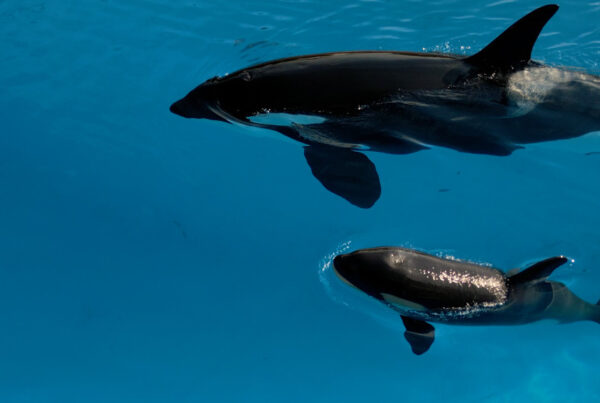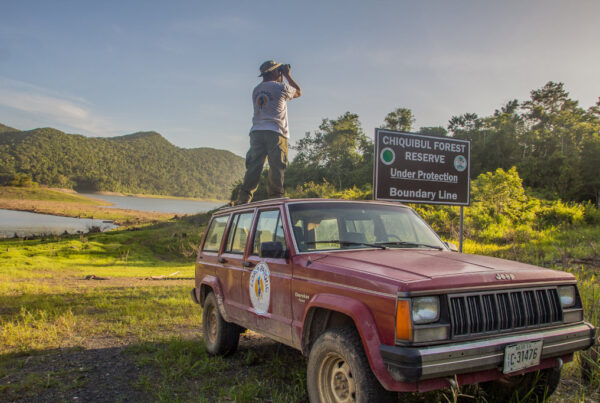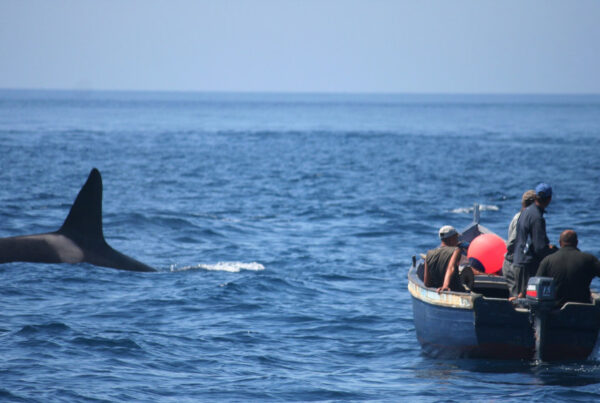
| Category | Land |
| Date | 2005 |
| Investment | 859.173,00$ |
Through 5 projects since 2005, LPF has contributed to the conservation of the Amazona vinacea. An endangered species with less than 3000 individuals left in the wild.
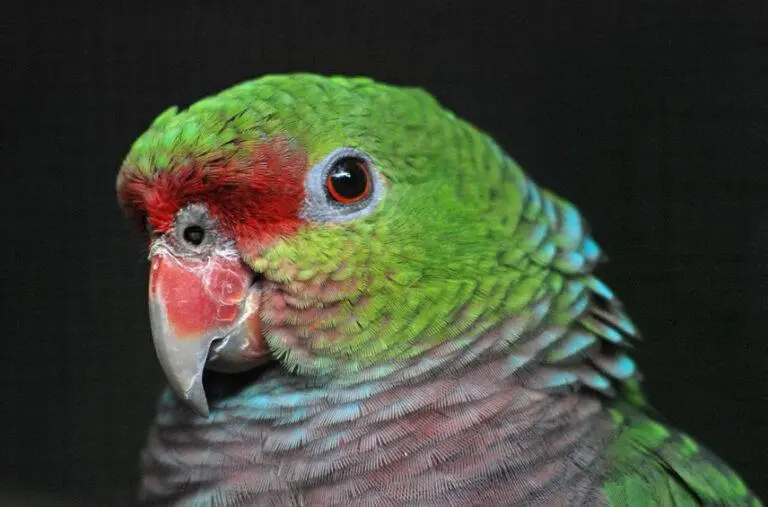
Vinaceous-breasted Parrot
Rehabilitation, release, and monitoring of Amazona vinacea in Minas Gerais State
Amazona vinacea has become a rare species despite its widespread distribution. In the early 1980s, Paraguay was considered the world’s stronghold, but today all subpopulations in Canindeyú, Alto Paraná and Caaguazú have fewer than 200 birds. The Vinaceous Parrot is perhaps most common in southern Brazil, with an estimated total of 1,500-2,000 birds. In Argentina, few populations remain in Misiones province, and the species’ stronghold is the mosaic of small farms and forest remnants. A 2016 census of all reported localities in Argentina, except Campo Viera, yielded between 262 and 314 individuals, and Campo Viera is estimated to have fewer than 20 individuals. Availability of nesting sites continues to decline in Argentina due to forest clearing. A recent regional census, conducted simultaneously in Brazil, Argentina, and Paraguay, showed a total similar to that observed during the previous project in 2013-2014, but lower than that found in 2007.
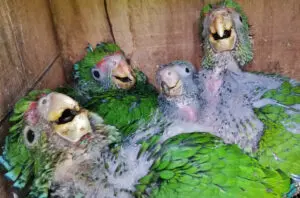
Amazona vinacea inhabits the Atlantic rainforest from the lowlands up to 2,000 m and inhabits the ecotones (natural transition zone between two different and adjacent ecological systems) between this forest and grasslands. Diet-wise, there is a strong association with Araucaria angustifolia in Rio Grande do Sul, but also some populations of the Vinaceous-breasted Parrot consume many other food sources, including seeds of several native and exotic species, even in areas with Araucaria forests. It nests from September to January in cavities of various tree species. During breeding season, it is found in pairs or small groups and after breeding season (February to July), the species gathers in large groups sharing roosting areas.
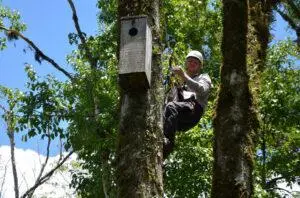
Some specific actions LPF has collaborated with include the installation of nest boxes made of PVC, as the typical wooden boxes were quickly decomposing due to the habitat’s high humidity. Also, in cooperation with the Waita research and conservation institute in Brazil, several vinaceous-breasted parrots have been rehabilitated and reintroduced into their natural habitat; and great efforts have been made to raise awareness of the species conservation project among the local population through various environmental education activities.
BLOG
News

